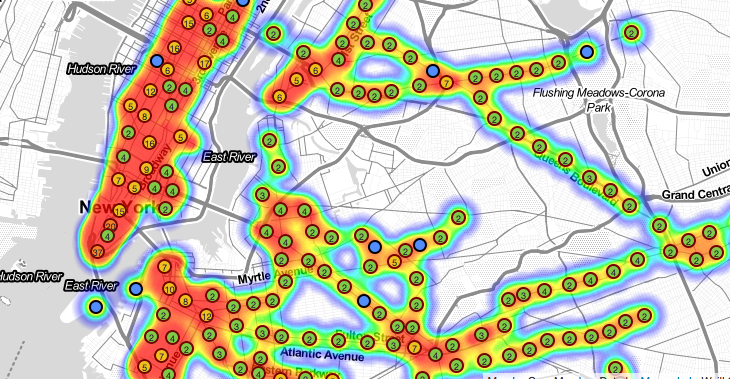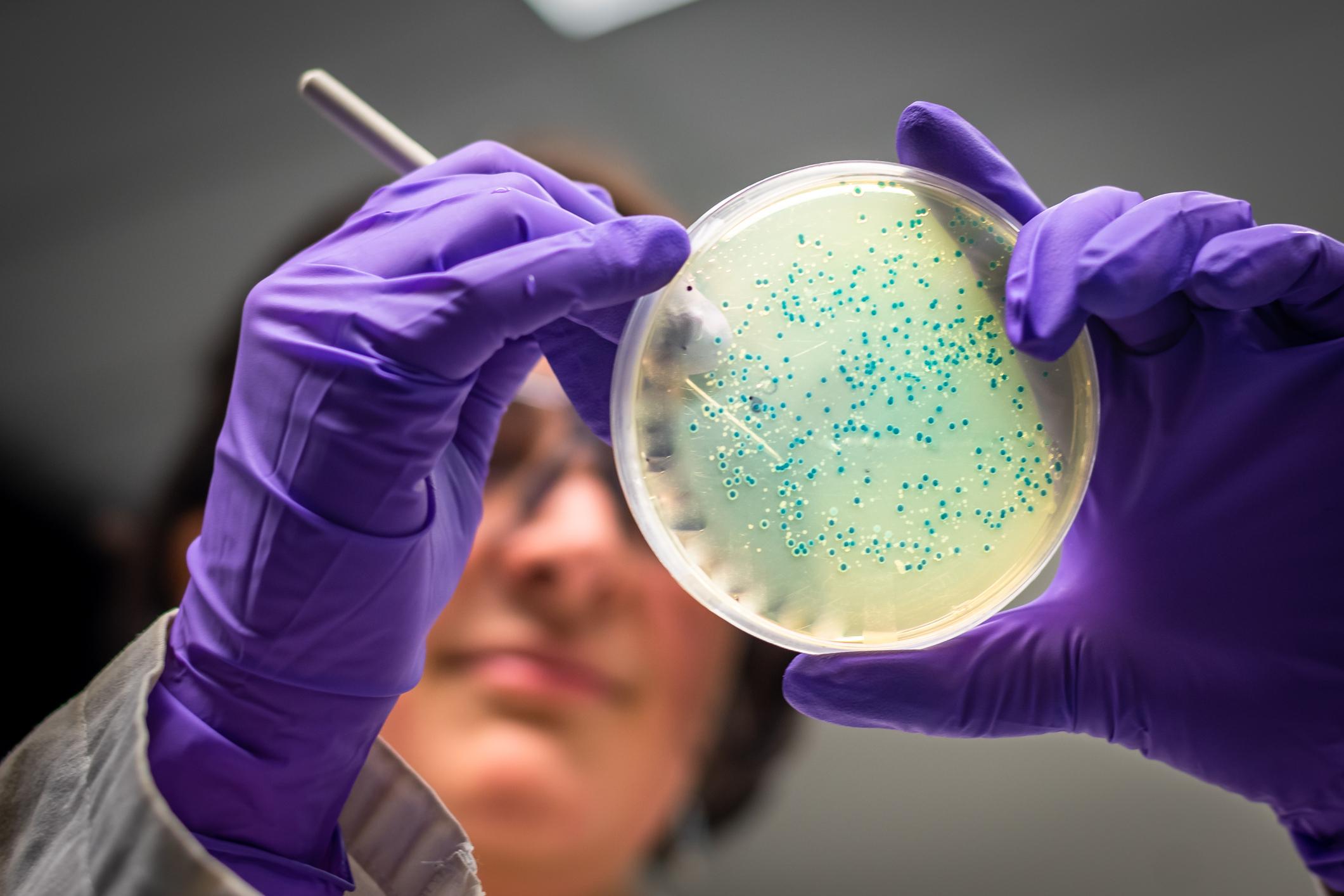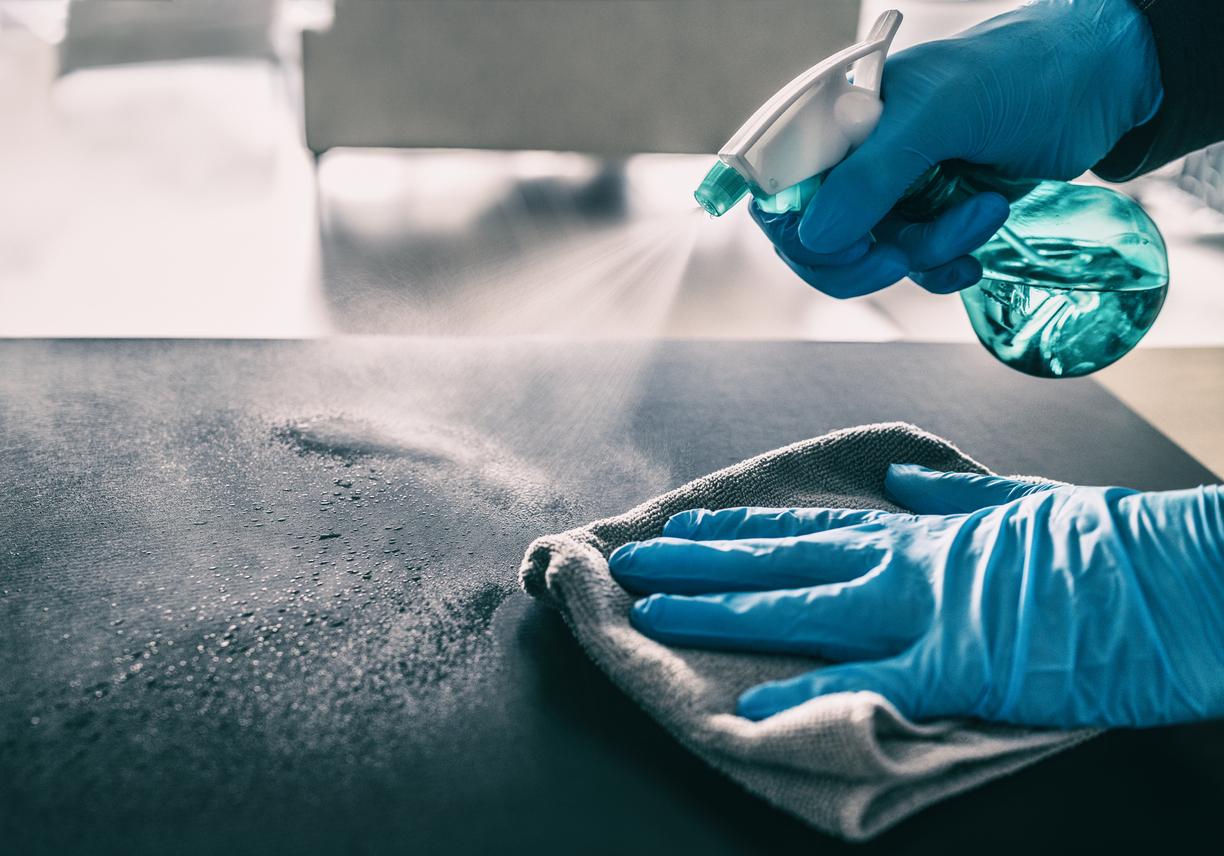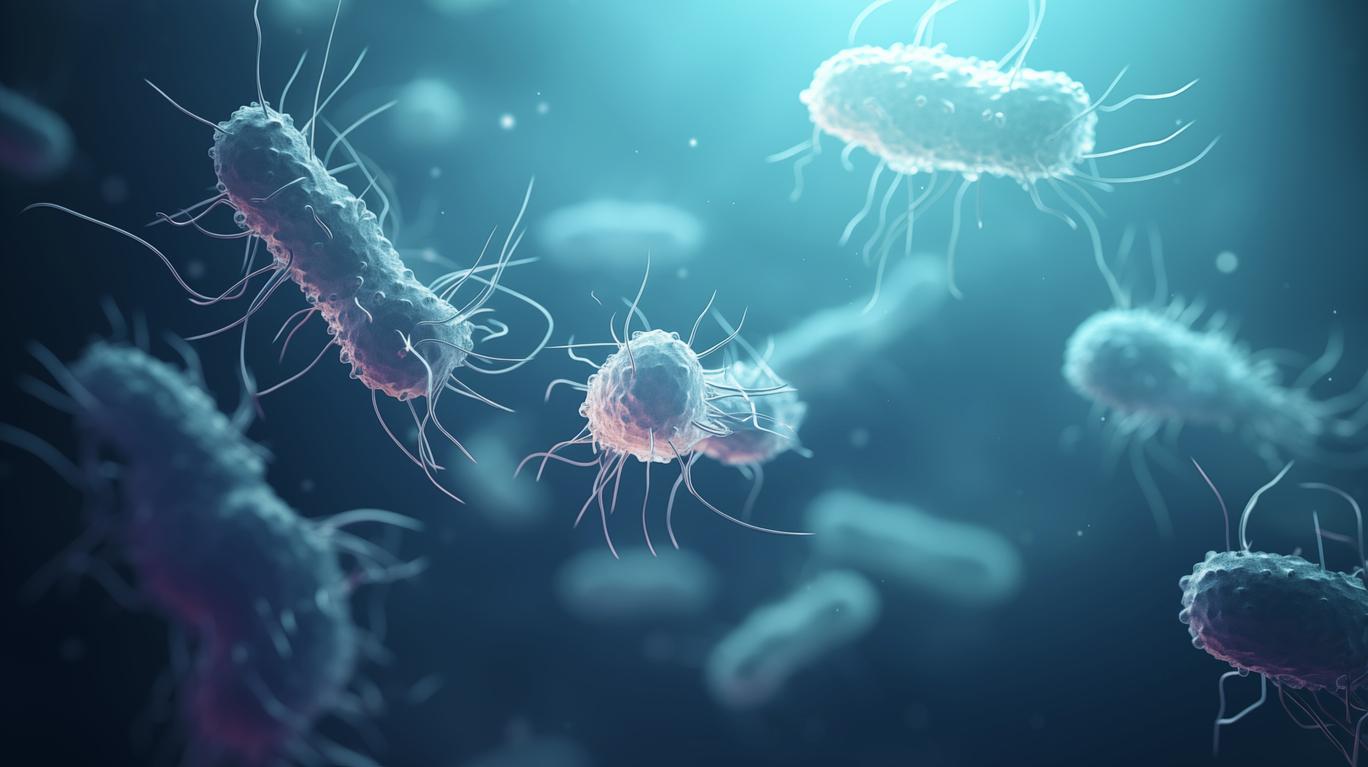For the first time, researchers have mapped the bacteria living in the New York City subway. This project could provide a better understanding of the behavior of infectious diseases.

“No need to avoid the metro, or to put on gloves. This is the conclusion that researchers at the American Cornell University came to after establishing the first germ map found within 960 km of the New York subway. Researchers have published the results of their study in the scientific journal Cell. Conclusion: the majority of the 637 species of bacteria, viruses and fungi that have been identified there do not present any danger.
However, according to their mapping, we also find in northern Manhattan germs that can be the cause of the bubonic plague. There are even “fragments of DNA associated with anthrax,” the University said in a press release. But don’t panic: the researchers specify that this does not mean that these bacteria are alive. Moreover, cultures carried out afterwards have not shown any trace of life.
Map of microbial presence in the New York subway – Afshinnekoo E, Meydan C et al., Geospatial Resolution of Human and Bacterial Diversity with City-Scale Metagenomics, CELS (2015)
The map shows that meningitis develops more in the center of the city. As for bacteria linked to gastrointestinal disorders, they are to be sought on the side of Wall Street, the business district of New York. Antibiotic resistant bacteria are everywhere.
The researchers were also surprised to discover that a station flooded during Hurricane Sandy (2012) still had an aquatic bacteriological environment at the time of their study.
A big-data project to better understand epidemics
But the researchers made another discovery, by sequencing the DNA of their crops: almost half of the DNA sequences collected did not match any known organism, according to Cornell. Further research will therefore be necessary to determine what these organisms are and whether they can be of use to us.
This big-data project, the first genetic portrait of an urban public transport system, is “the mirror of people who take the metro” according to Dr. Mason, a geneticist at Cornell University. By documenting so precisely this “miniature wild life” as the W calls itashington Post, microbiologists hope to discover new ways to trace epidemics – including contagious diseases like Ebola and measles that have been in the headlines lately – but also to detect bioterrorist attacks and combat antibiotic resistance by microbes.
.


















